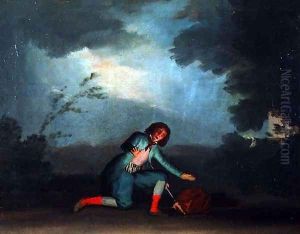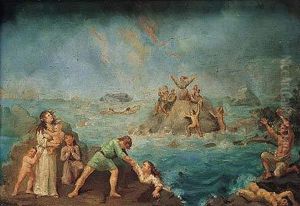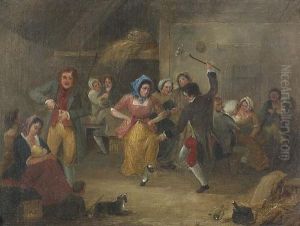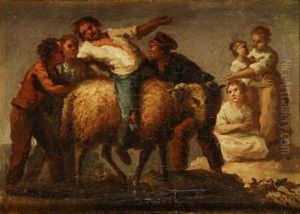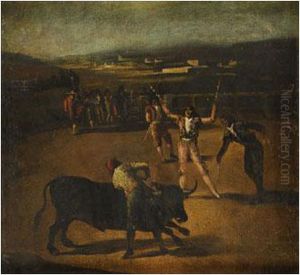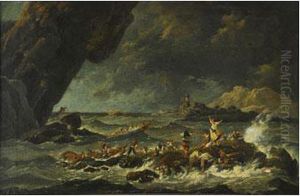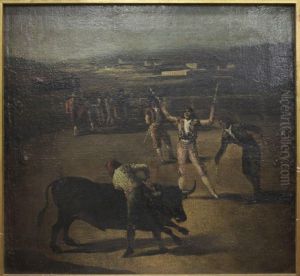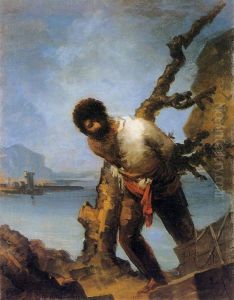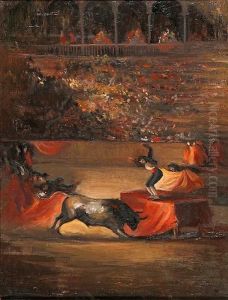Asensio Julia Paintings
Asensio Juliá was a Spanish painter and engraver, born in Valencia in 1760. His life and career were deeply embedded in the rich artistic environment of Spain during the late 18th and early 19th centuries, a period marked by the Enlightenment and the onset of Romanticism. Juliá was primarily known for his work as a portraitist and for religious themes, reflecting the prevalent artistic demands and interests of his time.
Juliá's early life was marked by his apprenticeship and studies under the guidance of established artists. He was a disciple of Francisco Goya, one of the most renowned Spanish artists of the time, whose influence is noticeable in Juliá's technique and subjects. This mentorship was crucial in shaping his artistic direction and in integrating him into the circles that would later support his career. Despite the overshadowing fame of Goya, Juliá managed to carve out his own niche, adapting the master’s dramatic style to his own, more serene and detailed approach.
Throughout his career, Asensio Juliá worked on various commissions, most of which reflected the religious and societal norms of the era. His works were appreciated for their emotional depth and technical skill, particularly in the use of light and shadow, which he had mastered under Goya’s tutelage. Juliá's religious paintings, often created for churches and cathedrals, were celebrated for their spiritual fervor and attention to detail, characteristics that made him a sought-after artist for ecclesiastical patrons.
In addition to his religious works, Juliá's portraits provide a glimpse into the social and cultural milieu of Spain at the turn of the 19th century. These portraits not only showcase his skill in capturing the likeness and personality of his subjects but also serve as historical documents, reflecting the fashion, attitudes, and aesthetics of the Spanish nobility and bourgeoisie.
Asensio Juliá's contributions to Spanish art were not limited to painting; he was also involved in engraving, through which he contributed to the broader dissemination of artistic works. Despite the limited recognition he received during his lifetime, especially when compared to his mentor Goya, Juliá’s work has been reassessed by art historians, who now recognize his role in the development of Spanish painting at the cusp of modernity.
Juliá's death in 1832 marked the end of an era and the transition to new artistic movements. However, his body of work remains a testament to the vibrancy and depth of Spanish art during a period of significant cultural and political change. Asensio Juliá is remembered as a skilled painter who, despite the overshadowing presence of Goya, contributed significantly to the artistic heritage of Spain, leaving behind a legacy that continues to be appreciated by art historians and enthusiasts alike.
